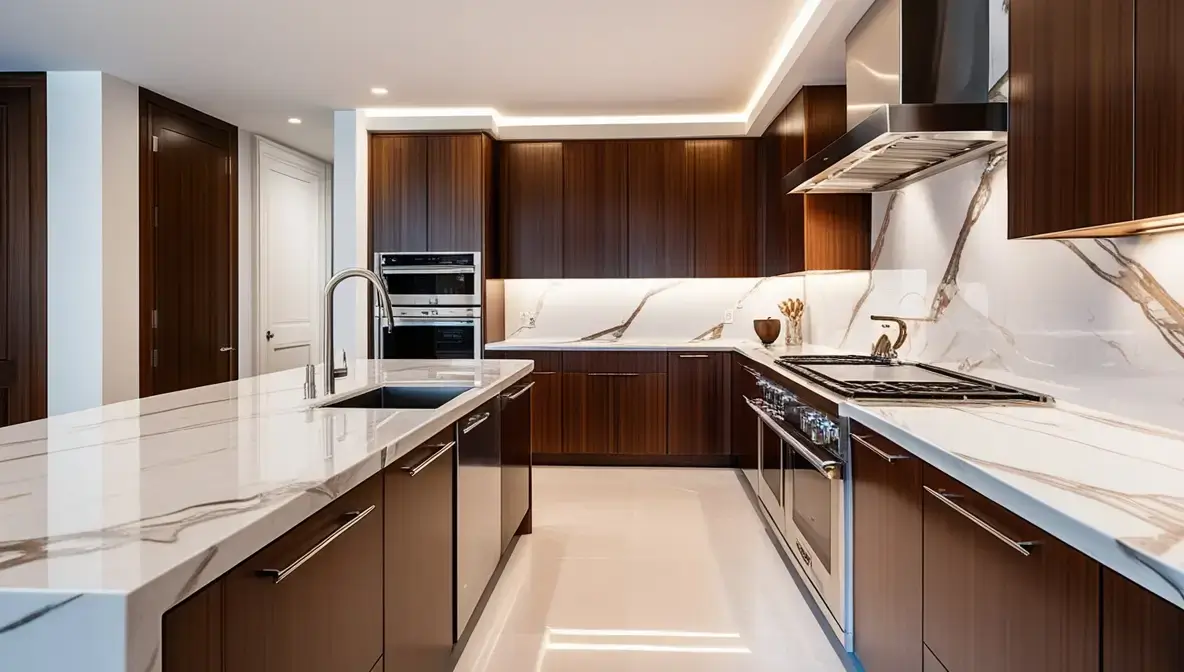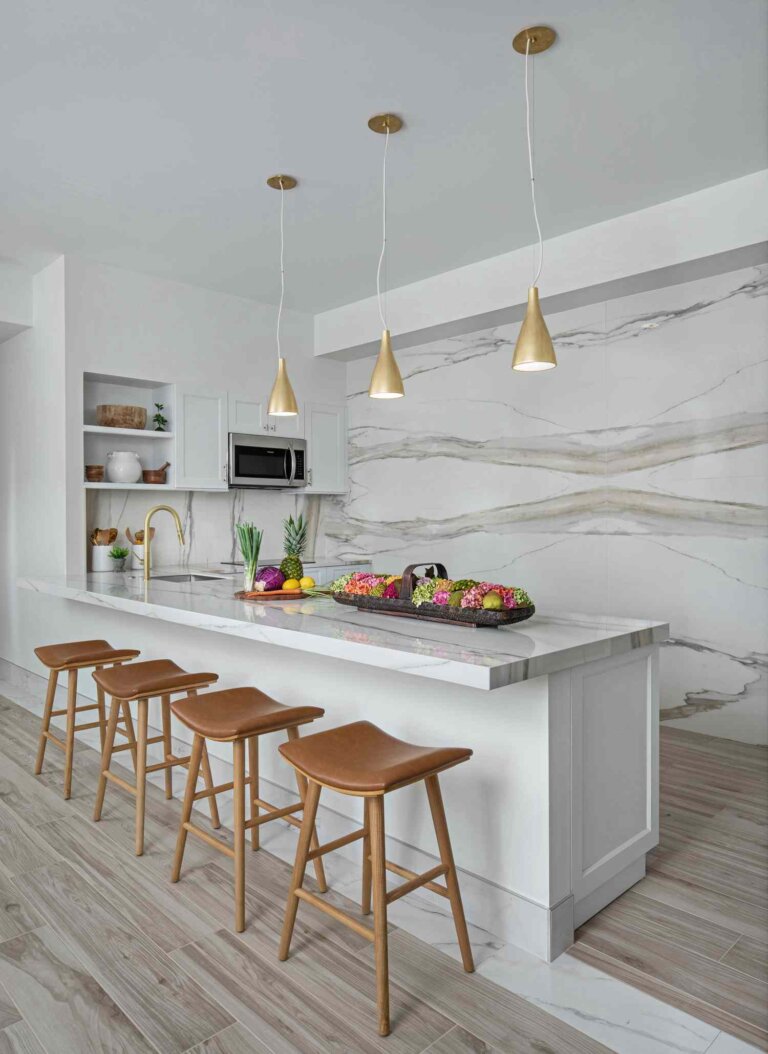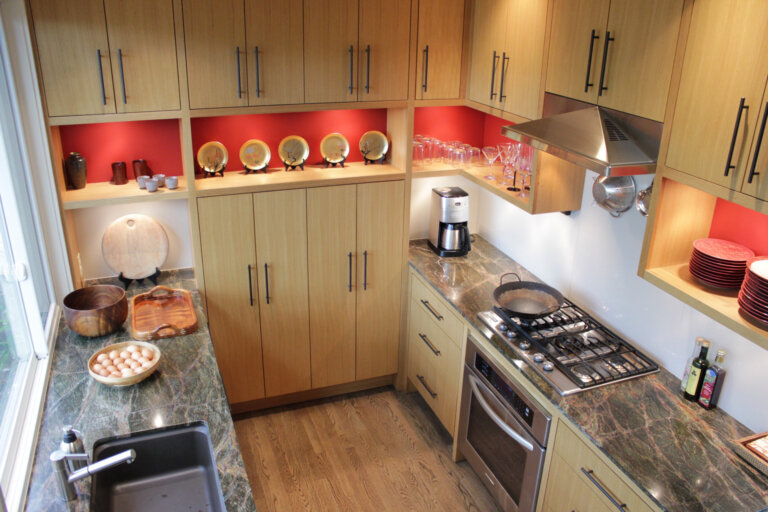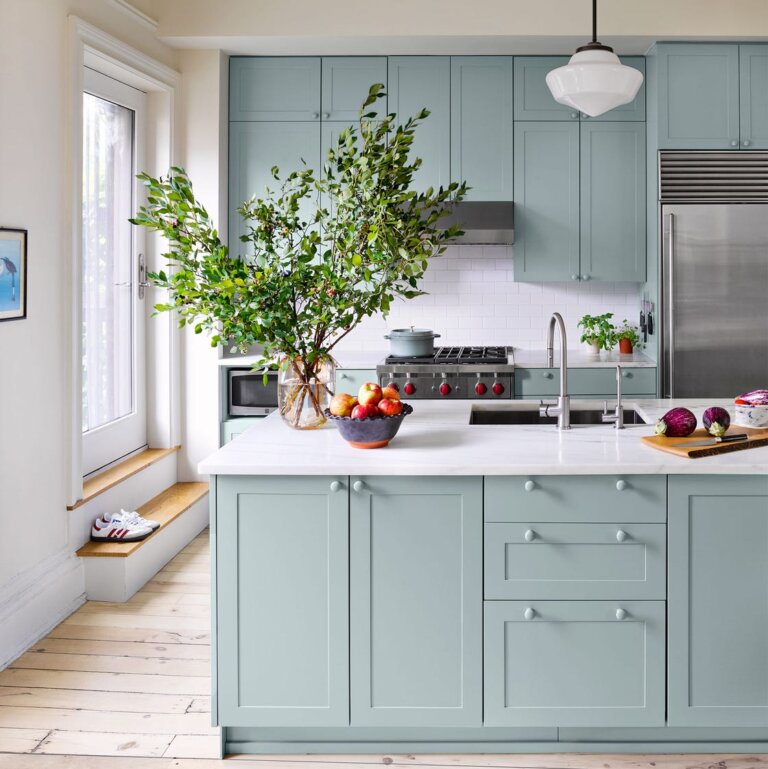Your kitchen is more than just a place to cook; it’s the heart of your home where family and friends gather. A well-thought-out kitchen remodel can transform your space, making it functional, stylish, and inviting. Two of the most critical elements in any kitchen redesign are the countertops and cabinets. These features determine the aesthetics, functionality, and overall feel of your kitchen.
This guide will walk you through choosing the best countertops and cabinets for your kitchen remodel, including design tips, materials, and budget considerations.
Planning Your Kitchen Remodel Design

Before diving into choosing countertops and cabinets, start with proper planning:
- Set a Budget: Determine how much you’re willing to spend. Cabinets often account for 30–40% of the total remodel cost, while countertops make up 10–15%.
- Measure Your Kitchen Space: Take accurate measurements of your kitchen layout, including wall space, island dimensions, and countertop areas.
- Define Your Style: Decide on a kitchen style—modern, traditional, farmhouse, or transitional—to help narrow down your choices for cabinets and countertops.
By planning carefully, you’ll save time and avoid costly mistakes.
Kitchen Remodel Design
Cost Calculator
Choosing the Right Kitchen Cabinets

Types of Kitchen Cabinets
- Stock Cabinets: Pre-made, affordable, and available in standard sizes. Perfect for tight budgets and quick remodels.
- Semi-Custom Cabinets: Offer more flexibility in design, with options for finishes, styles, and sizes.
- Custom Cabinets: Built specifically for your kitchen. Ideal for unique spaces or those wanting total personalization.
Cabinet Materials and Finishes
- Solid Wood: Durable and timeless but more expensive.
- MDF (Medium-Density Fiberboard): Smooth finish, budget-friendly, and easy to paint.
- Plywood: Stronger and more durable than MDF, ideal for kitchen cabinets.
- Laminate: Affordable with a variety of finishes but less durable than wood.
Popular Cabinet Styles
- Shaker Cabinets: Clean lines, versatile, and timeless—great for modern and traditional kitchens.
- Flat-Panel Cabinets: Sleek and minimalist, perfect for contemporary kitchens.
- Inset Cabinets: High-end, classic look with doors set flush into the cabinet frame.
- Raised-Panel Cabinets: Ornate and detailed, ideal for traditional kitchens.
Storage Solutions in Cabinets
Modern cabinets focus on both design and functionality:
- Pull-Out Shelves: Easy access to pots, pans, and pantry items.
- Soft-Close Doors and Drawers: Reduce noise and wear over time.
- Lazy Susans: Maximize corner cabinet space.
- Vertical Dividers: Store cutting boards and trays neatly.
Selecting the Perfect Kitchen Countertops
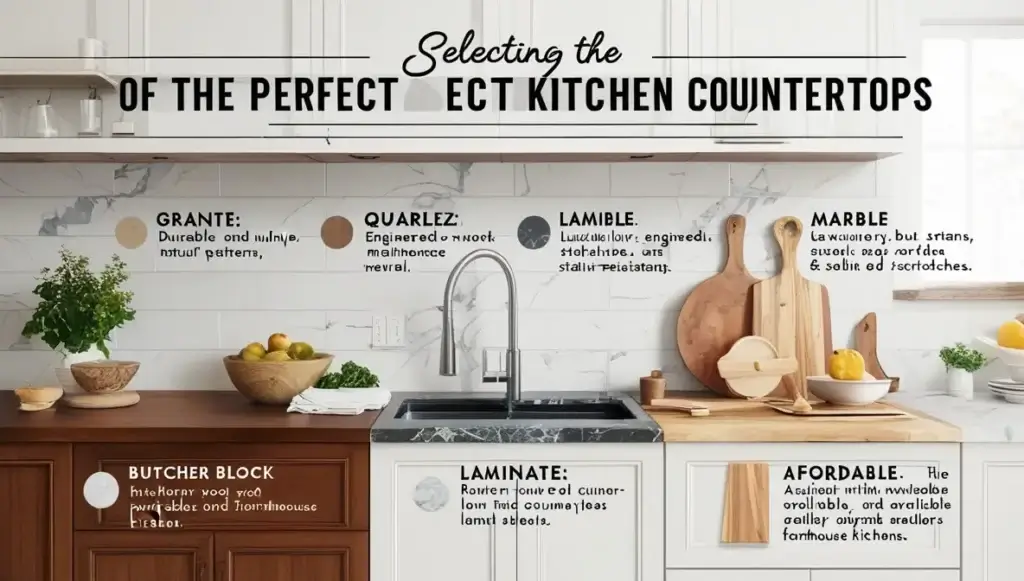
Popular Countertop Materials
The choosing of a countertop material will have a significant role in form and function in your kitchen. All have a positive and a drawback, and choosing will depend on durability, maintenance, and budget factors. Let’s have a closer look at a few of the most famous ones:
1. Granite – Long-Lived and One-of-a-Kind
- A rock with heat and durability.
- Has unique, one-of-a-piece colors and textures, and each slab will differ in its beauty.
- Needs to have periodical sealings in an attempt to resist moisture and stains.
- Best for homeowners with a desire for a luxury, long-term countertop.
2. Quartz – Engineered and Low Maintenance
- Made of crushed quartz and resin, with a non-porous and resistant to staining exterior.
- Has a vast variety of colors and patterns, many of them rock and stone in looks.
- Unlike granite or marble, it does not require sealings, and for that reason, a low-maintenance alternative.
- For busier kitchens with a necessity for durability, not high maintenance.
Kitchen Remodel Design with AI
3. Marble – Luxury but High Maintenance
- For its elegant, ageless beauty, and most often in high-class kitchens.
- Naturally cool, and for that reason, a go-to for pastry and baking preparation.
- Susceptible to stains, etchings, and scratching with acid-containing foods and drinks.
- Needs to have frequent sealings and careful maintenance in an attempt to preserve its beauty.
4. Laminate – Inexpensive and Versatile
- Inexpensive and in a variety of colors, textures, and prints.
- Newest technology in laminae can make them mimic rock, wood, and concrete looks and textures.
- Easy to clean and maintain, but not resistant to scratches and heat.
- For homeowners who desire affordable style with less maintenance.5. Butcher Block – Warm and Rustic
- Made of wood, with a warm and inviting look.
- Ideal for country, rustic, or farmhouse kitchens.
- Can be cut directly but will require constant oiling and maintenance not to dry and break.
- Easier to scratch and mark, but can be refinished and sanded in the long run.
The Best Countertop for Your Kitchen: How to Decide?
In deciding a countertop, remember the following considerations:
- Durability – How much abuse will it endure?
- Maintenance – Do you have a willingness and intention to seal and maintain it regularly?
- Aesthetic – How will it work with your style?
- Cost – How much can you afford?
Every material comes with its personality, whether it’s the beauty of marble, the durability of quartz, or the price of laminate. With an awareness of their personality, choose the best countertop for your life and your dream kitchen.
Pros and Cons of Each Countertop Material
| Material | Pros | Cons |
|---|---|---|
| Granite | Heat-resistant, unique patterns | Requires sealing, can be costly |
| Quartz | Low-maintenance, durable | Can be expensive |
| Marble | Elegant, timeless beauty | Prone to stains, high maintenance |
| Laminate | Budget-friendly, easy to clean | Less durable, susceptible to damage |
| Butcher Block | Warm, inviting aesthetic | Requires regular maintenance |
Choosing Best Countertop Color

The best countertop color aids in making your kitchen and bathroom even more lovely and pretty overall. It can blend with your current decor or make a bold statement.
Neutrality for an Eternity Look
Neutrality in terms of white, beige, and gray continues to enjoy its following for its versatility and enduring beauty. It complements many types of decor, including modern, simple, and traditional ones. White countertops, for one, can make the room brighter and have a new, refreshing beauty, with beige and gray providing a warm and simple beauty.
Bold Color for a Statement
For homeowners who prefer a strong statement in terms of design, navy, black, and deep green countertops can make a luxurious and bold statement in a room. Dark-colored countertops, in fact, best work in big, well-lit kitchens, creating a rich and contrasting beauty. Backed with lighter-colored cabinets, a striking contrast can be produced, enhancing room beauty and prominence in a big way.
Creating Contrast with Dark and Light Shades
Perhaps one of the best approaches in creating a striking kitchen is in combining light-colored countertops with dark-colored cabinets and vice versa. This contrast maximizes room depth and dimensionality. For one, a white quartz, white, and white marble countertop with deep espresso, and a navy blue-colored cabinet creates a contrasting and sophisticated beauty, balancing both light and dark perfectly.
How to Keep Countertops in Shape
To keep your countertops in tip-top shape, care and maintenance is a must, and it varies with your countertop selection. There are a few tips, below, for extending its life:
Preventing Scratches and Damage
To maintain your countertop integrity, use cutting boards when cutting and preparing foods at all times. Quartz and granite materials are remarkably durable, but repetitive knife use can produce microscratches over a period, undermining high gloss of the surface.
Avoiding Stains and Spills
Spills and stains will inevitably occur in a kitchen, but immediate cleaning will prevent them becoming a lasting mark. Marble and naturally porous stones have a high propensity for staining, particularly with acid foods such as citrus juice, wine, and coffee. Cleaning with a mild soap and warm water regularly keeps countertops discoloration-free and unsightly stain-free.
Sealing Natural Stone Countertops
For granite, marble, and other countertop stones, a seal must periodically go over them. Sealing prevents moisture entering, prevents stains, and lessens bacterial growth, extending your countertop life. Granite countertops can have a seal placed once a year in the expert’s estimation, but a naturally porous countertop such as a marble countertop will require a seal placed over them every several months.
By choosing a perfect countertop color and taking care of it, your countertop beauty and use will be optimized, and your investment will reward you for years to come in your kitchen and bathroom.
Combining Cabinets and Countertops for Cohesive Design
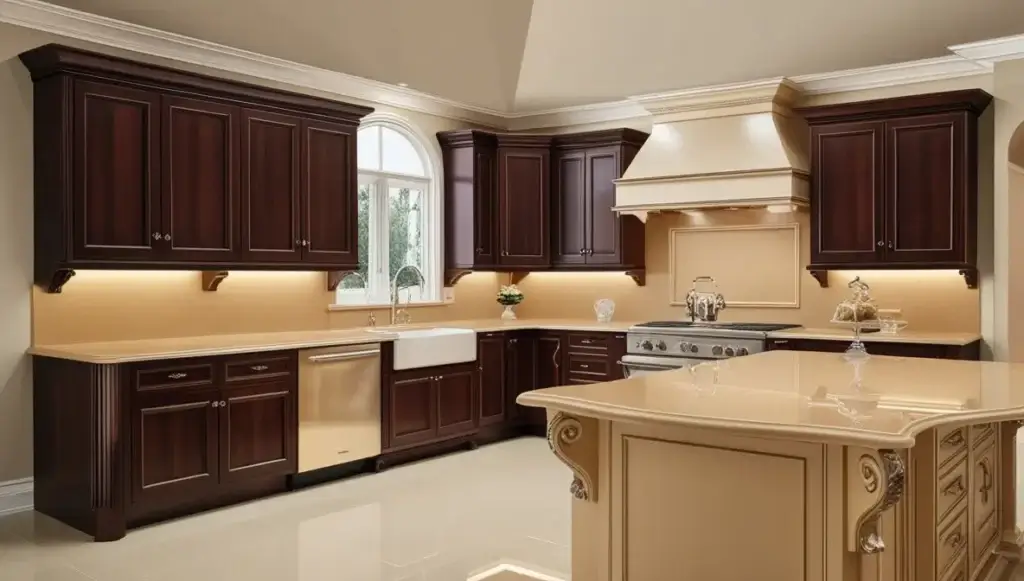
To create a cohesive kitchen design:
- Balance Colors: Pair light cabinets with dark countertops or vice versa.
- Match Materials: Ensure the cabinet finish complements the countertop texture.
- Hardware Coordination: Use cabinet knobs and pulls that complement countertop colors (e.g., brushed gold or matte black).
For a harmonious look, keep the overall style and color palette consistent throughout the space.
Kitchen Island Countertops and Cabinetry
A kitchen island is a working and cosmetic feature in your room. As part of a remodel, new build, or refresh, a balanced combination of counters and cabinets can make your room handsome and useful.
1. Add Depth with Varying Materials
A contrasting countertop material for your island and for your room overall creates an additional cosmetic feature. For example:
- Wooden countertops for your island and quartz or granite for surrounding counters produce a warm contrast.
- A bold-colored countertop (a deep blue, for one, or a deep green one, for example) can make an island stand out and work with neutrals in your room overall.
- Waterfall countertops, with countertop material extending down both ends, have a modern, high-tech feature.
2. Opt for Efficient Storing with Intelligent Cabinets
Kitchen islands lend themselves to additional storing, freeing your countertops for use. Add:
- Deep shelves for tools, pans, and pots.
- Open shelves for books and decor items.
- Hidden shelves with a pull-out try or a spice rack for added efficiency in your storing options.
3. Add a Niche for Sitting for a Functional Island
A kitchen island isn’t for food preparation alone—it can serve for a meal, work, or social function, too. In planning an island with a sit feature, remember:
- Provide at least 24 inches per individual for a comfortable seat.
- Choose bar-height stools (28–30 inches) for high counter spaces and counter-height stools (24–26 inches) for standard counter spaces.
- Add an extended countertop overhang (a minimum of 12 inches) for a comfortable leg room.
Cost Breakdown: Cabinets and Countertops
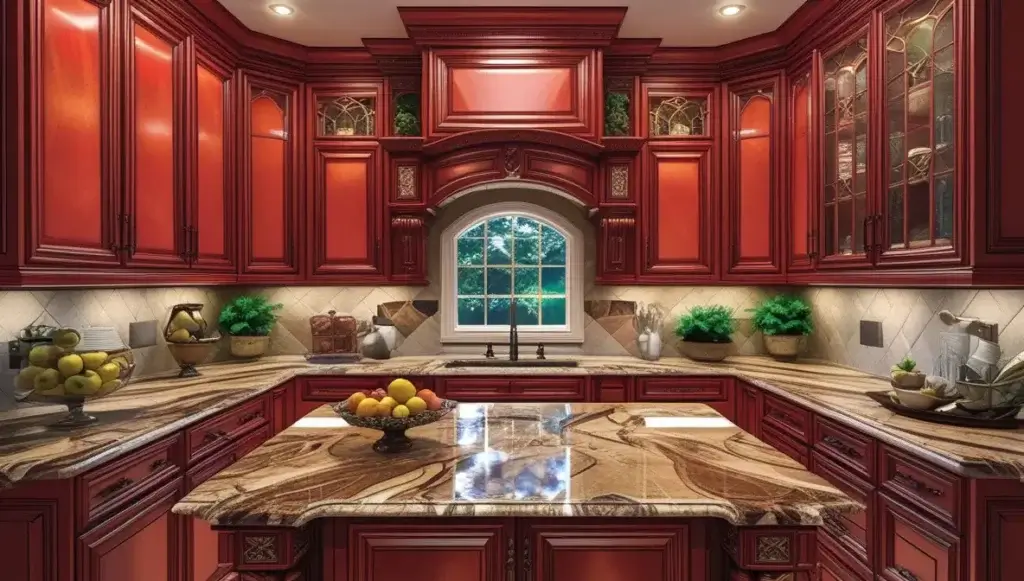
The cost of kitchen cabinets and countertops can vary anywhere, with materials, customizability, and installation factors affecting them.
Cabinets ($100–$1,500 per linear foot)
- Stock cabinets ($100–$300 per linear foot) – Mass-manufactured and budgeted.
- Semi-custom cabinets ($150–$650 per linear foot) – Greater freedom with customizability, with many options for dimensions and finishes.
- Custom cabinets ($500–$1,500 per linear foot) – Upscale, custom-made for your specific room dimensions and style.
Countertops ($30–$200 per square foot)
- Laminate ($30–$50 per sq. ft.) – Inexpensive and comes in a variety of looks.
- Granite ($40–$100 per sq. ft.) – Long-lasting and sophisticated, but will have to have resealed regularly.
- Quartz ($50–$150 per sq. ft.) – Low-maintenance, non-porous, and sophisticated.
- Marble ($60–$200 per sq. ft.) – Upscale, but will have to have careful maintenance performed regularly.
Cost-Cutting Hacks
- Combine high and low – Install high-end materials in your island and budget options in your secondary spaces.
- Use stock or semi-custom cabinetry – Gives a lot of value for your dollars.
- Use durable, low-maintenance countertops – Quartz and laminate have a tremendous value for your budget.
Thoughtful planning in selecting your island countertops and your cabinetry can make for a lovely and useful room focal point at a price tag that won’t break your bank.
Conclusion
Remodeling your kitchen with the right cabinets and countertops can completely transform its look and functionality. By choosing materials and styles that match your vision and budget, you can create a space that feels both modern and timeless. Whether you’re updating a small kitchen or redesigning a large one, thoughtful planning and attention to detail will ensure a successful remodel.
FAQs
1. What is the most durable countertop material?
Quartz is one of the most durable options, being stain-resistant, non-porous, and low maintenance.
2. How can I save money on kitchen cabinets?
Opt for stock cabinets or consider refacing existing ones to save on costs.
3. Which cabinet style is best for modern kitchens?
Flat-panel or shaker-style cabinets work best for modern and minimalist designs.
4. How long does it take to install new cabinets and countertops?
On average, cabinet and countertop installation takes 2–4 weeks, depending on project scope.
5. Can I mix and match different countertop materials?
Yes, mixing materials like quartz for counters and butcher block for an island adds texture and interest.

My name is Mahi Uddin, and I’m a blog writer with over two years of experience specializing in creating engaging, informative content using AI tools. I contribute to InExDecor.com, where I share creative ideas and practical tips for transforming interior and exterior spaces into beautiful, functional environments. With a passion for storytelling and a knack for blending creativity with technology, I strive to craft blogs that not only inform but also inspire readers. When I’m not writing, you can find me exploring design trends or enjoying a good book with a cup of coffee.

